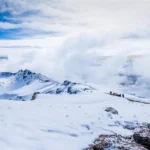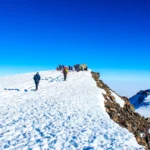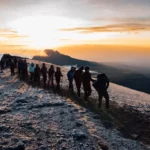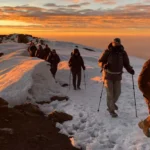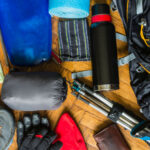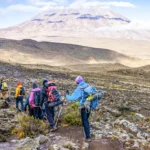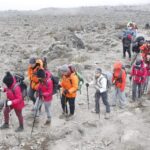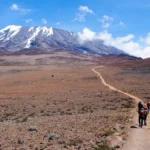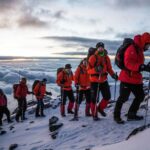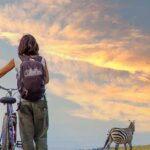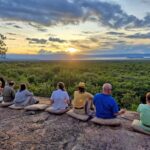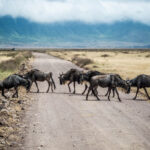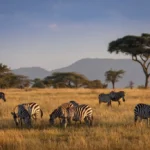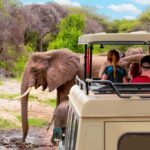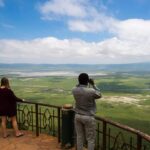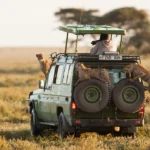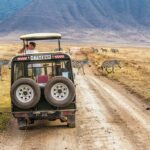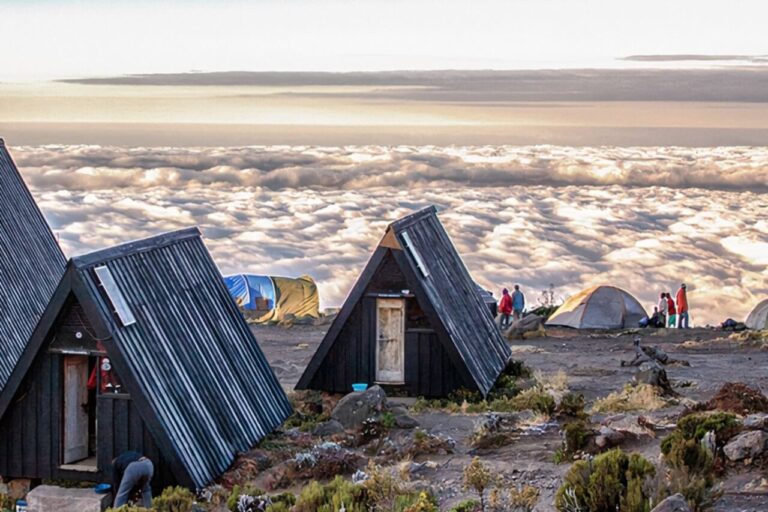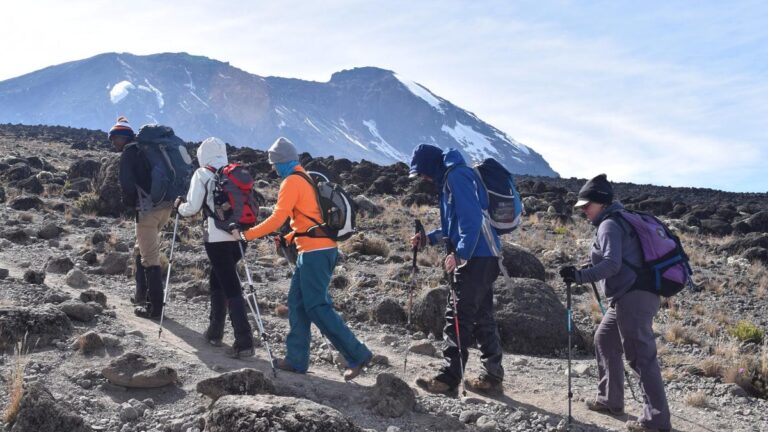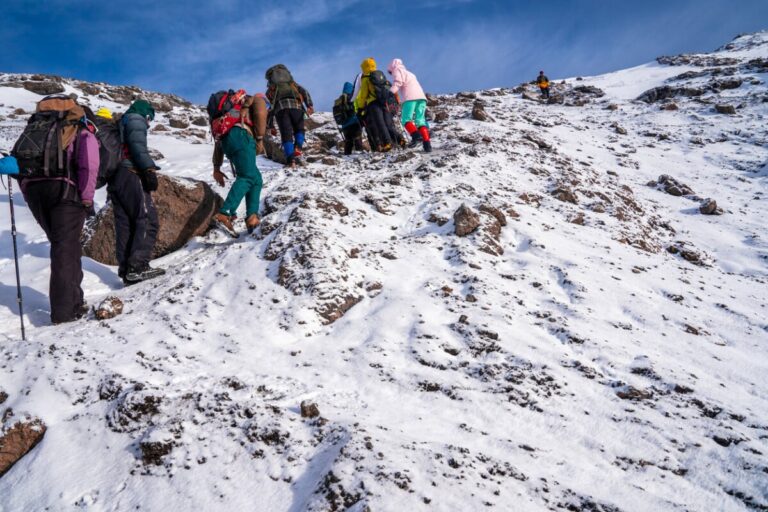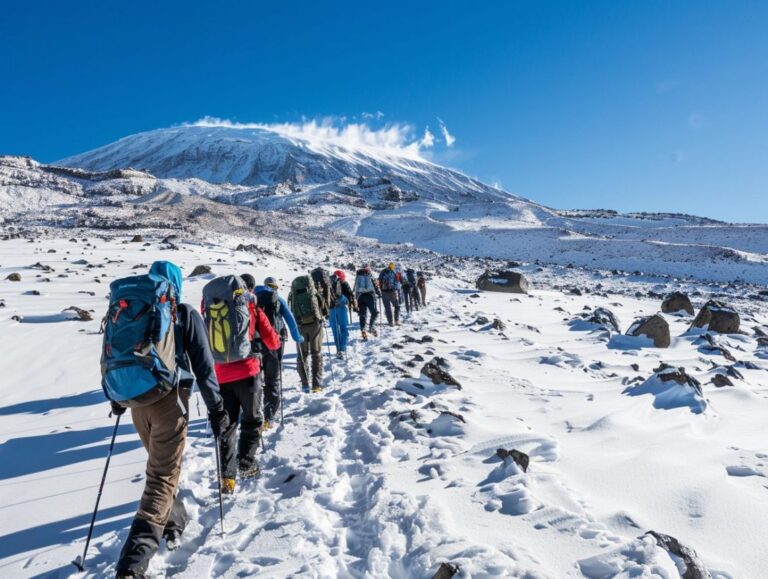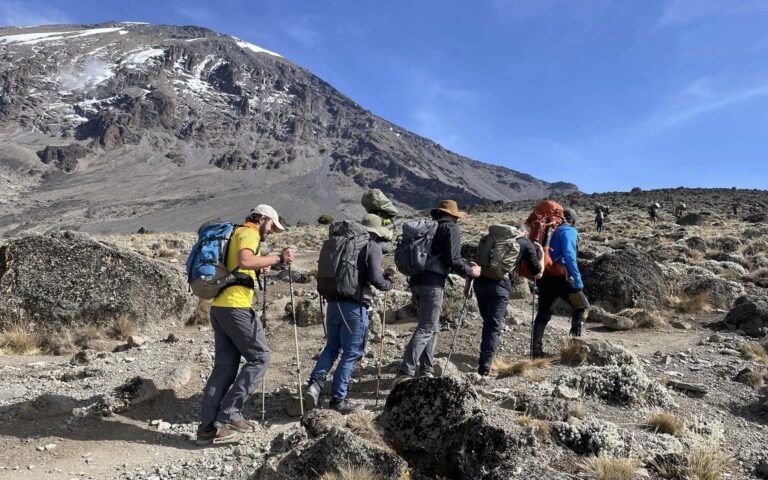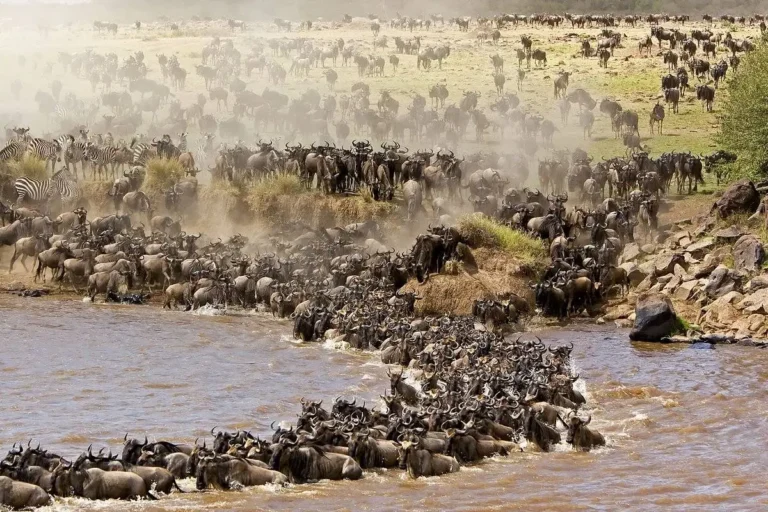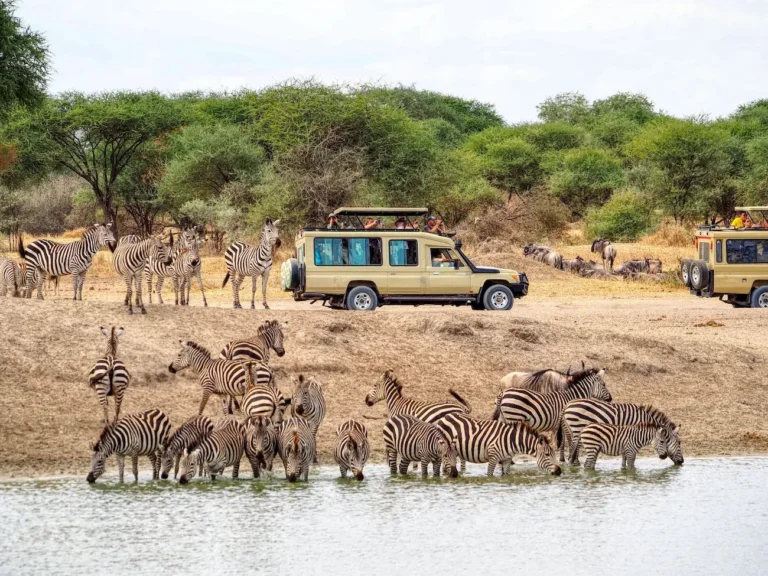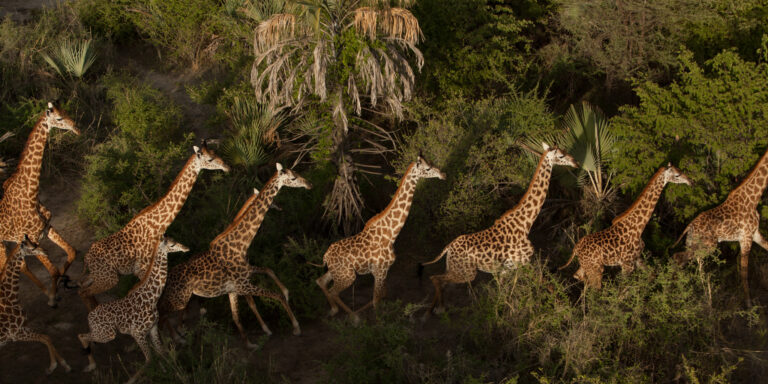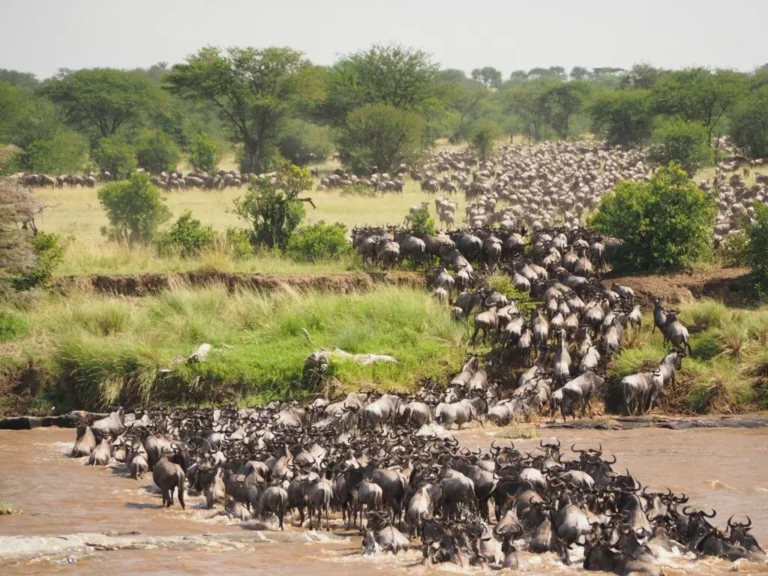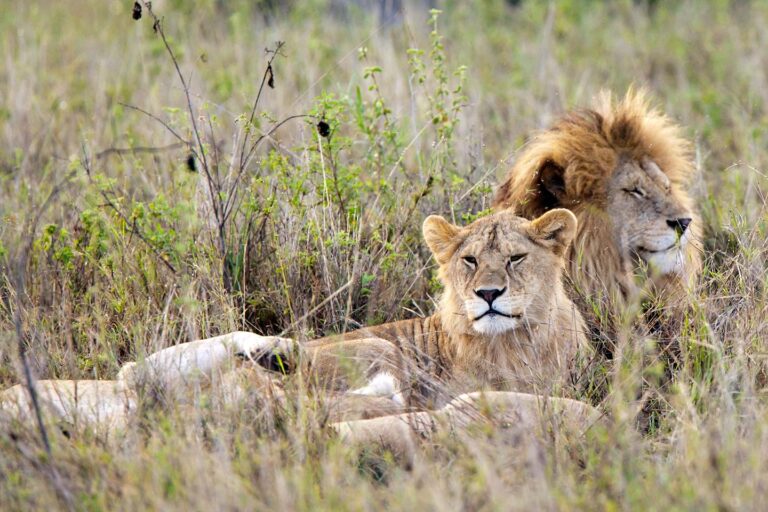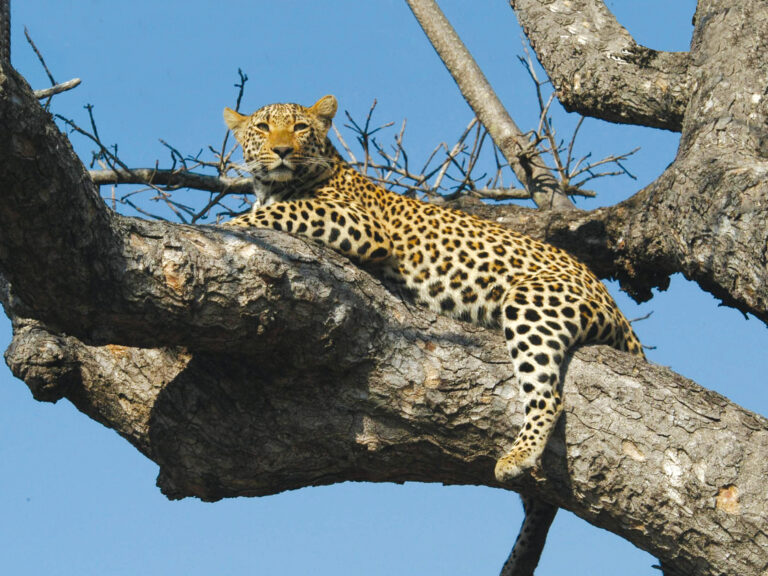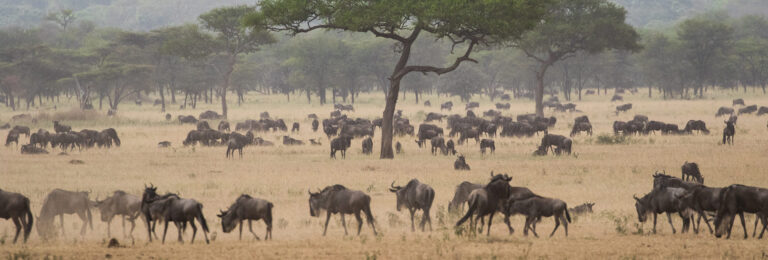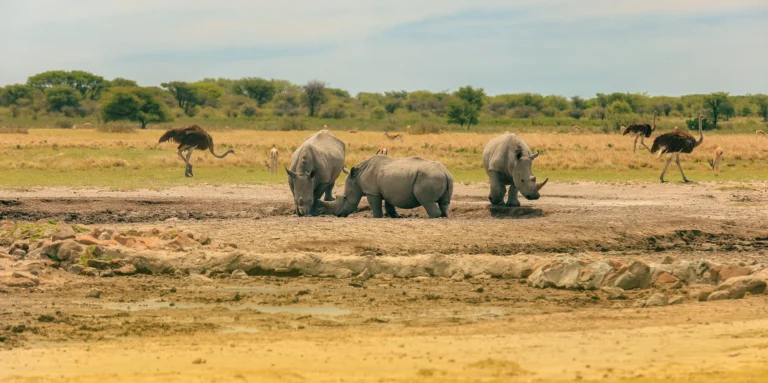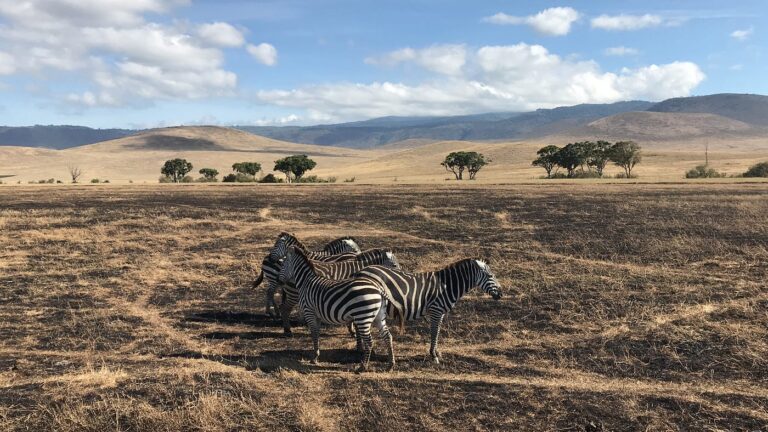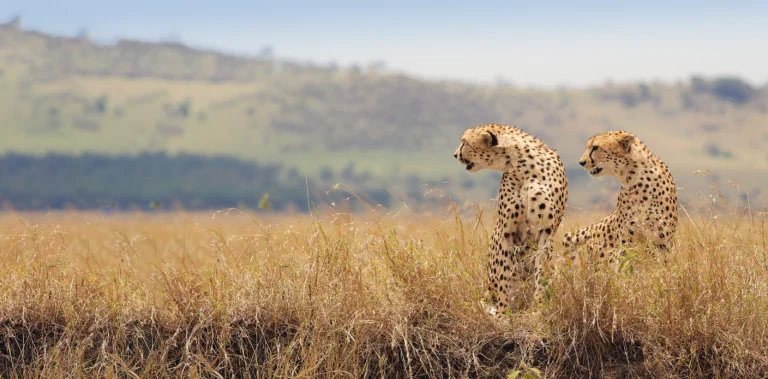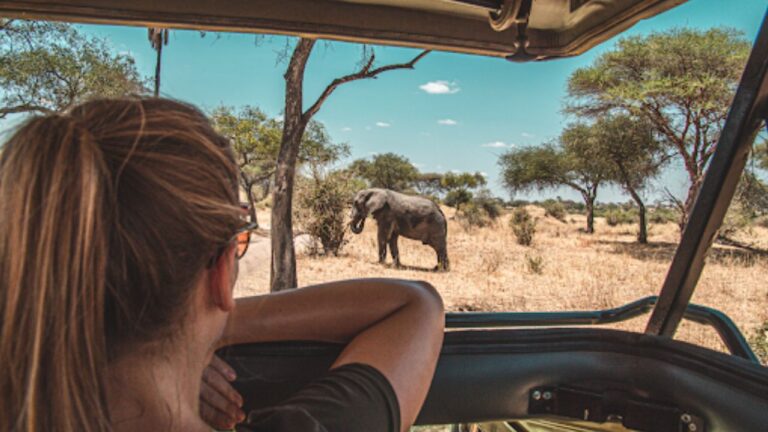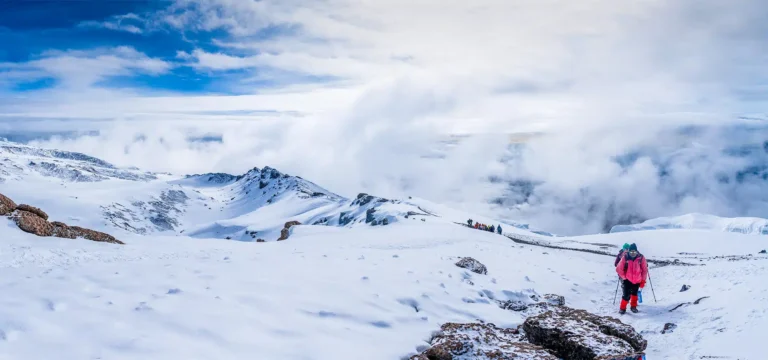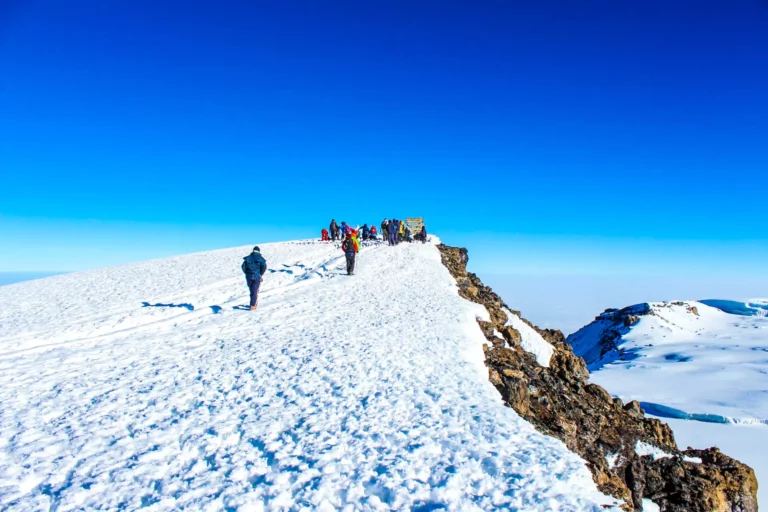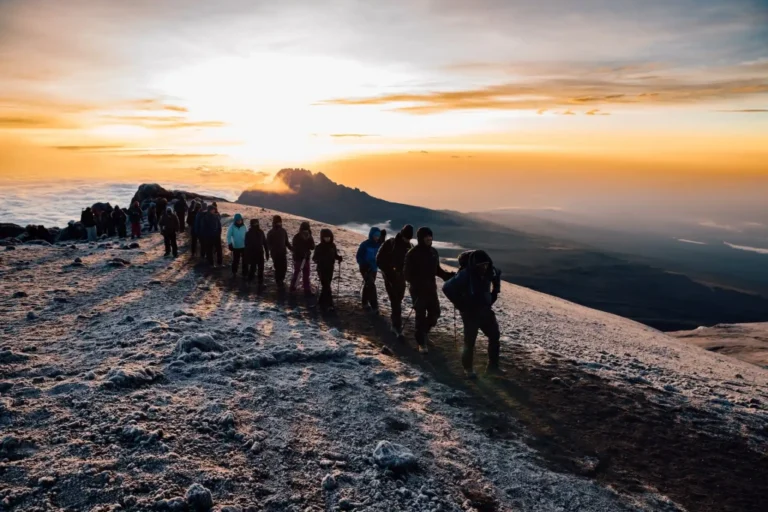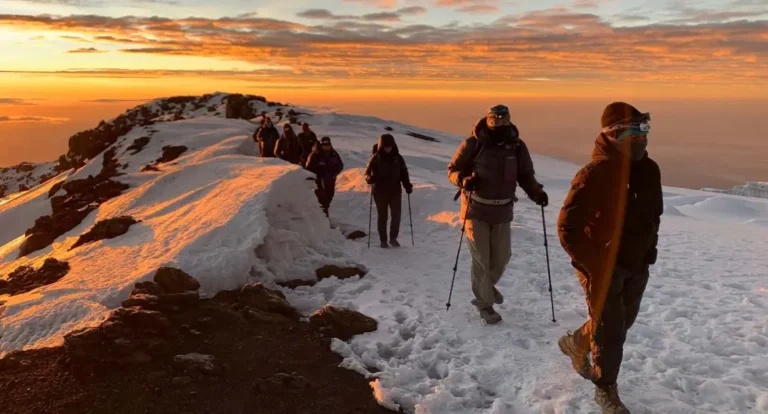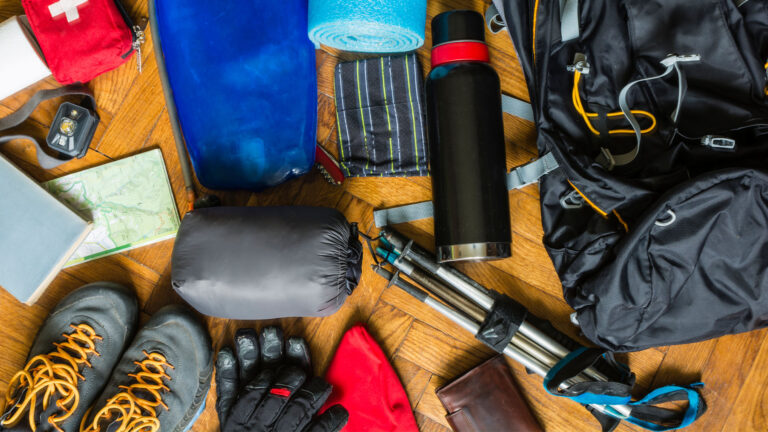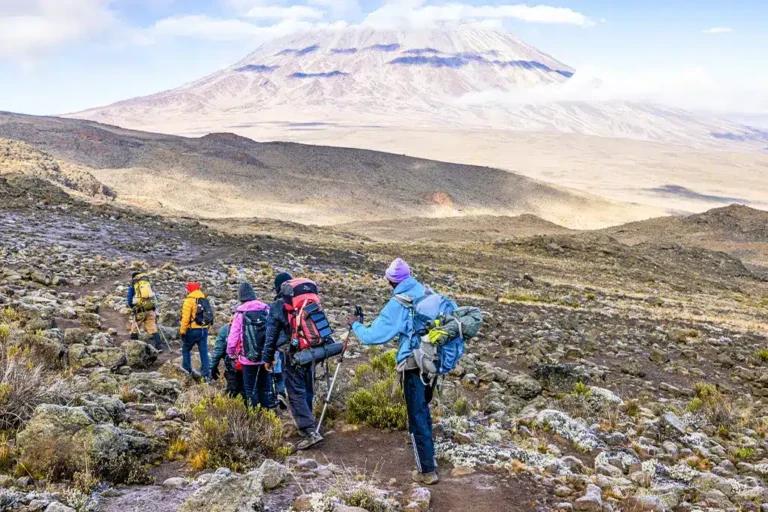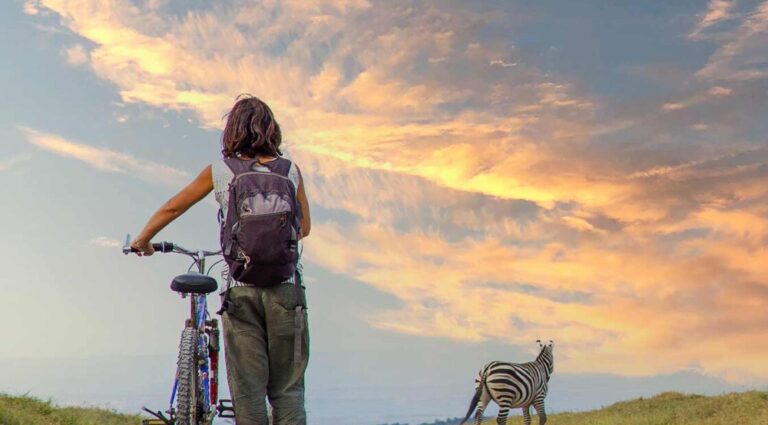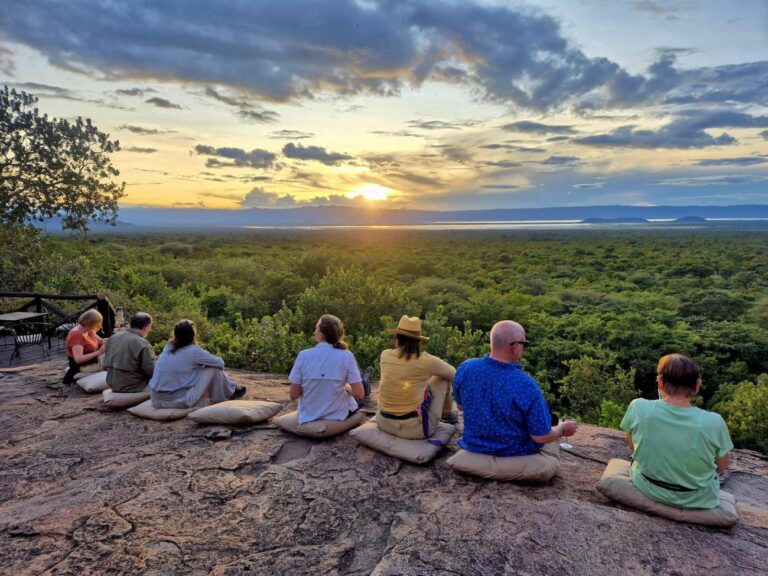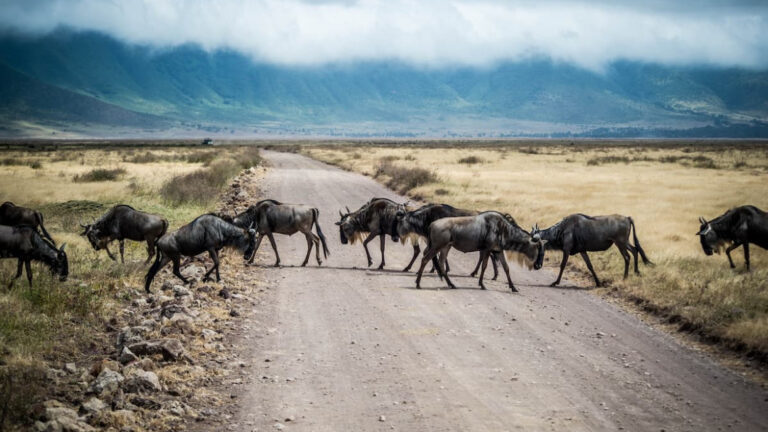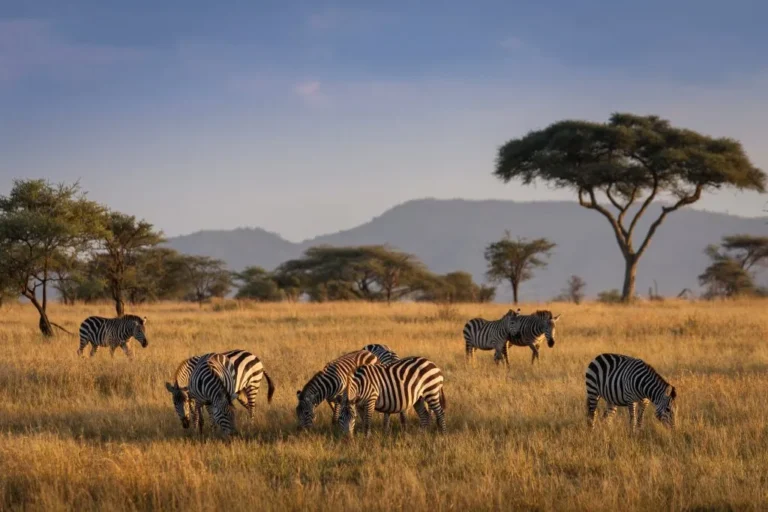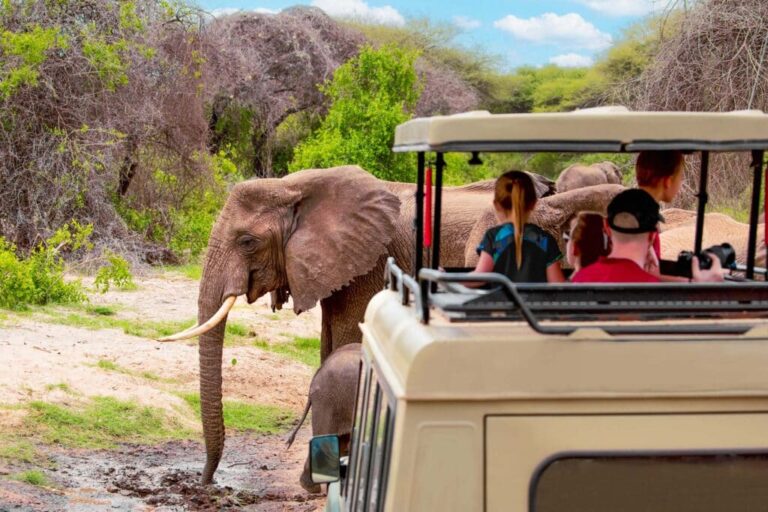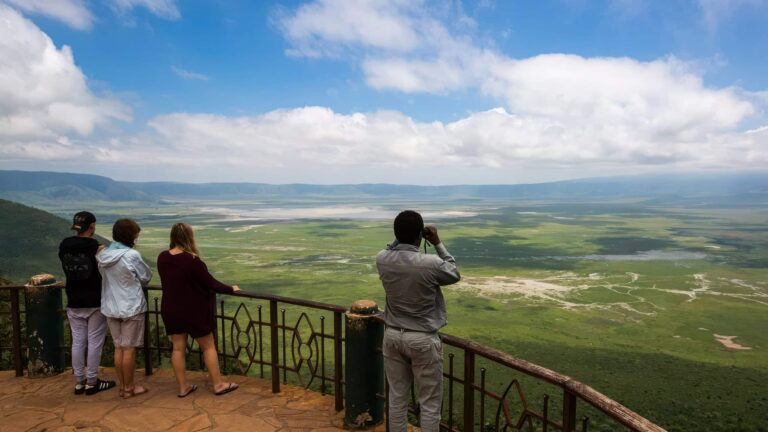La Tanzania offre alcune delle esperienze di arrampicata più iconiche al mondo, dal maestoso Kilimanjaro al panoramico Monte Meru. Un safari escursionistico combina avventura, paesaggi mozzafiato e la possibilità di osservare la fauna africana, ma una pianificazione accurata è essenziale per un viaggio sicuro e di successo.
Scegliere il percorso giusto
Il Kilimanjaro offre diversi sentieri, ciascuno con sfide e scenari unici. Machame è panoramico e fisicamente impegnativo, Lemosho offre viste spettacolari con migliori opportunità di acclimatazione, mentre Marangu garantisce comfort e sistemazioni in rifugi, ideale per i principianti. Il Monte Meru, più breve ma altrettanto gratificante, è perfetto per chi è alle prime armi o come preparazione al Kilimanjaro.
Selezionare una guida esperta
Avere guide certificate è fondamentale. Le guide garantiscono sicurezza, monitorano eventuali sintomi di mal di quota, gestiscono la logistica e forniscono supporto per raggiungere con successo la vetta. Guide etiche trattano i portatori con equità, rispettano la cultura locale e seguono pratiche di conservazione ambientale.
Allenamento e preparazione
La preparazione fisica è essenziale per qualsiasi safari escursionistico. Allenamenti cardiovascolari, esercizi di forza e trekking di pratica aumentano la resistenza, mentre la preparazione mentale e la definizione degli obiettivi aiutano a gestire le lunghe giornate sul sentiero. Un’acclimatazione graduale riduce il rischio di mal di quota e aumenta le possibilità di successo in vetta.
Considerazioni sulla salute
A quote elevate è fondamentale prestare attenzione a idratazione, alimentazione equilibrata, ritmo e sintomi del mal di quota come mal di testa, nausea o vertigini. È consigliabile portare un kit di primo soccorso e consultare il medico per eventuali farmaci contro la malattia di quota.
Attrezzatura adeguata
Portare l’equipaggiamento giusto è determinante. Tra gli essenziali: abbigliamento a strati, giacche impermeabili, guanti isolanti, bastoncini da trekking, scarponi robusti, sacchi a pelo e sistemi di idratazione. Oggetti opzionali come fotocamere o accessori di comfort migliorano l’esperienza. Guide e tour operator come Savanna Dream Tanzania Safari forniscono liste dettagliate dell’attrezzatura per ogni percorso.
Sistemazioni e logistica
Le sistemazioni variano a seconda del percorso. I percorsi in campeggio come Machame e Lemosho offrono esperienze immersive all’aperto, mentre Marangu propone comfort in rifugi. Savanna Dream Tanzania Safari si occupa di trasferimenti, pasti e alloggi per rendere il viaggio senza intoppi.
Tempistica della scalata
Il periodo scelto influisce sulla sicurezza e sul divertimento. Le stagioni secche (giugno–ottobre e dicembre–febbraio) offrono cieli limpidi e condizioni ottimali per la vetta, mentre i mesi fuori stagione garantiscono tranquillità ma richiedono preparazione extra per percorsi umidi o scivolosi.
Combinare scalata e safari
Dopo aver raggiunto la vetta, esplorare parchi nazionali come Serengeti, Ngorongoro o Arusha permette di vivere appieno la fauna della Tanzania, dagli elefanti e leoni ai fenicotteri e zebre.
Comprendere percorsi, guide, salute, allenamento, attrezzatura e condizioni stagionali permette di vivere appieno le montagne e la fauna della Tanzania. Una preparazione adeguata garantisce che il tuo safari escursionistico sia sicuro, gratificante e indimenticabile — una vera avventura per tutta la vita.

